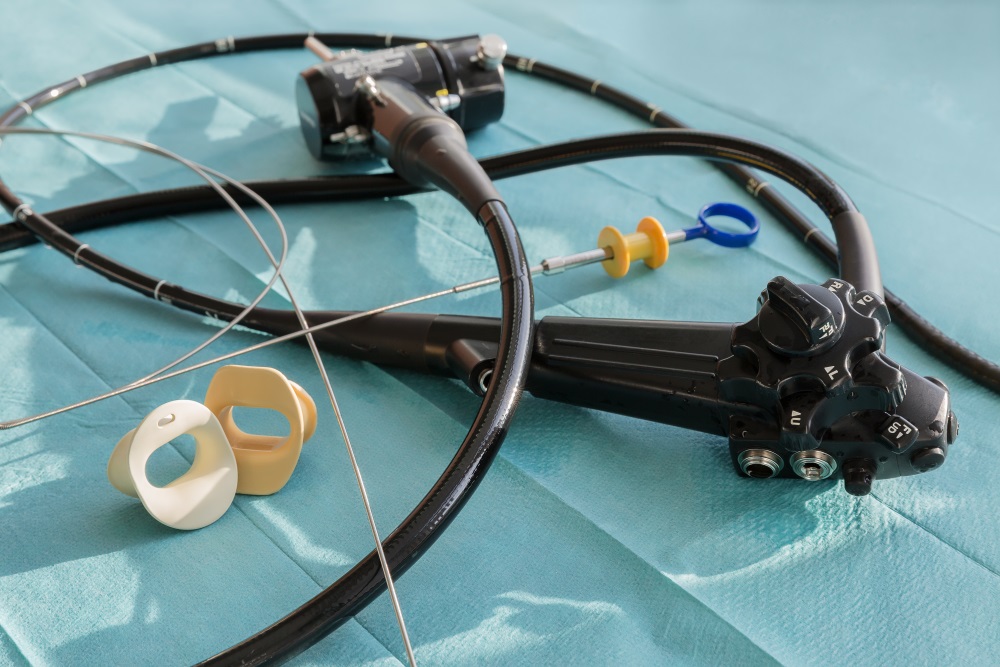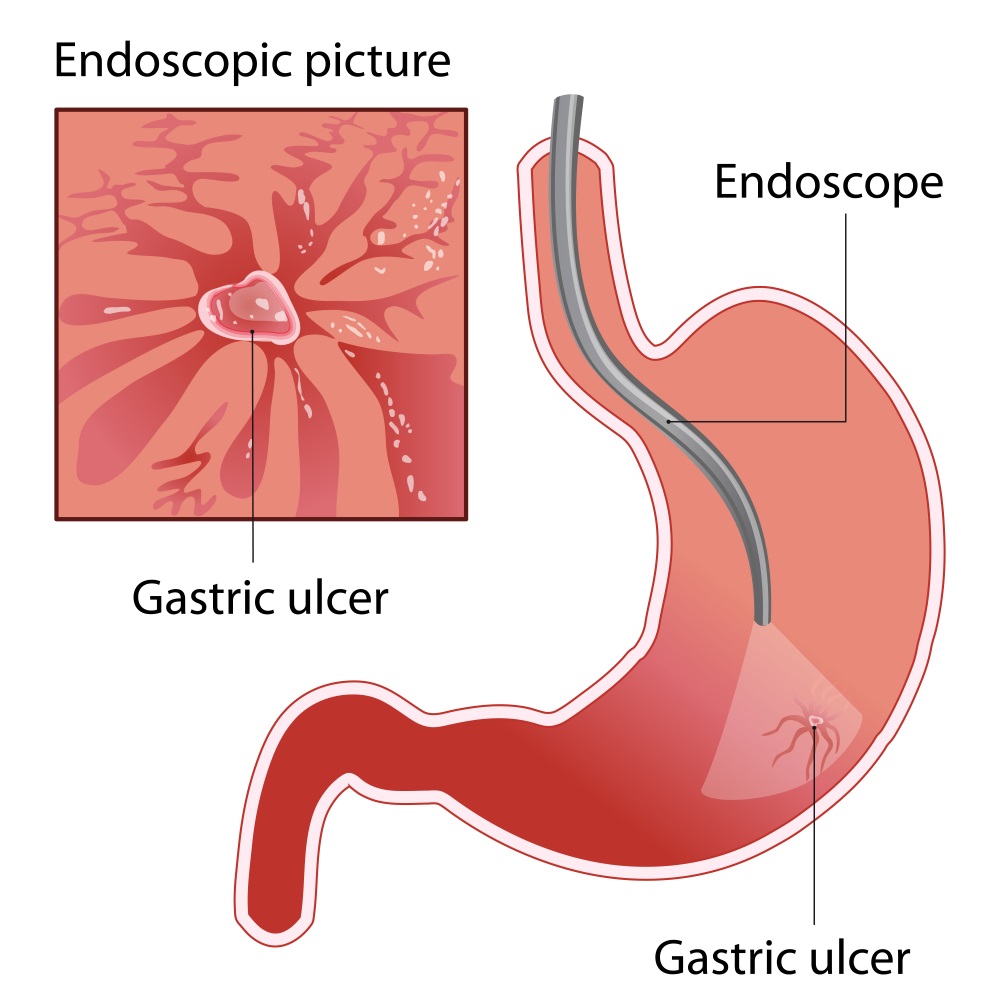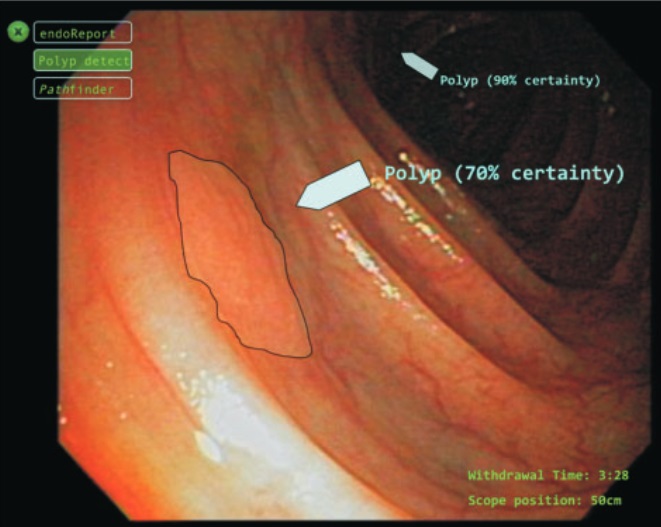While we mostly discuss augmented reality in the context of surgical applications, there are plenty of other opportunities for it in medicine. Beyond the operating room and more than just the scalpel’s best friend, AR technology could be used in many different fields of medicine, and with incredible results. Today, we’re going to explore the prospect of AR for gastroenterology, a clinical branch of medicine dealing with the digestive system–more specifically, on both upper and lower endoscopy. Endoscopy is the exploration of the digestive tract, using a tool called an endoscope, which is an instrument used to examine the interior of a bodily cavity. It’s a great diagnostic tool for all kinds of pathologies, but it’s not exactly the most comfortable procedure: the upper kind goes through the mouth, and the lower kind goes through the anus.


So, why are we so excited about the union of endoscopic procedures and AR? Endoscopy stands to be fundamentally improved with the addition of an informatic property called computer vision: which is basically the application of a computer’s high-level image processing ability to any image, allowing the unit to make intelligent, unbiased decisions. How could this affect endoscopy, you might be wondering? A program capable of discerning and classifying pathologies in real time could improve the accuracy of the operator, as well as reducing the amount of time the procedure takes and cutting down on unnecessary procedures. For example, the unit could help a doctor decide quickly whether or not to take a biopsy sample, whether a lesion is sinister or benign, etc. It could also help to standardize the protocol for endoscopic procedures around the world.

Another question you’re probably asking yourself right now is “how would the computer vision-fueled endoscope transmit information to the operator?” That’s an important question, and you might be able to guess the answer: augmented reality! The basic hardware setup for an endoscopy procedure is well-suited for adaptation to an AR environment because the standard display output for the endoscope is computer processed and could be easily viewed on an AR-friendly display. The advantages of this are numerous, but the most striking is in colonic polyp detection. So far one of the most difficult challenges for colonoscopy, colonic polyp detection has stumped doctors and biotechnologists for a long time, and they’ve tried a lot of different methods over the years to make it easier and more accurate, from making nurses watch the monitor to a Third Eye retroscope camera and even the Full Spectrum Endoscopy, which allows a 330° view of the colon during the procedure. Still, despite all this, any polyps go unnoticed by even the most experienced operators, and that can lead to cancer and precancerous growths.

With augmented reality technology in our arsenal, we could certainly improve the detection rate for adenomas. If we could add to that the number of polyps that could be detected before they become cancerous, think of how far that could reduce the rate of colon cancer deaths each year! By adding polyp images from colonoscopies into some kind of world database, we could be one step closer to achieving (through the appropriate computer vision algorithms) machine learning to assist with polyp detection. The endoscope operator could have a real-time virtual assistant by their side, ensuring that no lesion, polyp, or abnormality slips through unnoticed. The AR technology could even calculate the probability of malignancy for each polyp, detect the presence and type of polyposis according to the number and pattern of polyps, and provide a much more hands-on way for colonoscopy technicians to begin training and for gastroenterologists to confirm a diagnosis.

This could be a great first step for augmented reality into the world of endoscopy, which, of course, means the potential improvement in quality of life for people with conditions that often require frequent endoscopies, such as Crohn’s Disease or Ulcerative Colitis. We hope to some day see a gold standard method that could even be used to diagnose these conditions using endoscopy alone, objectively and beyond a shadow of a doubt. We think this is a real breakthrough for augmented reality in medicine, and we’re absolutely elated about the possibilities!
What are your thoughts? Does it sound feasible, or do you think we’re dreaming too far? Let us know in the comments section!








